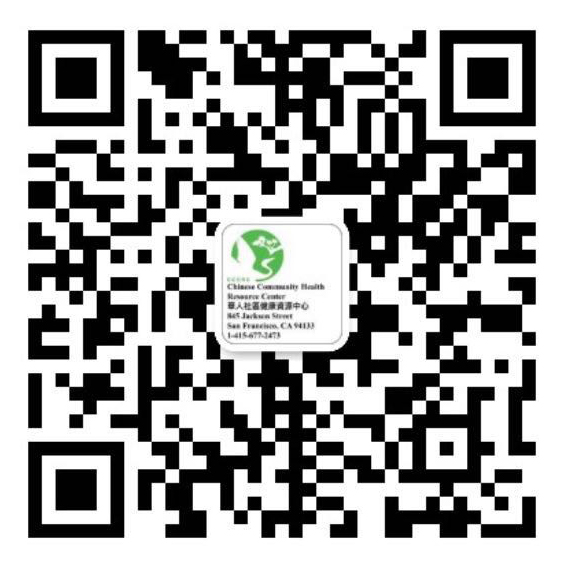It’s never too late to begin an active lifestyle, no matter how old, how unfit or how long you have been physically inactive. You might think that physical activity includes only sports and exercises, but it can also be the daily activities of life or any activity that keeps your body moving and using energy.
Why should I be physically active?
Regular physical activity offers many health benefits, it:
- Lowers the risk of chronic diseases such as heart disease, high blood pressure, diabetes, and some types of cancers
- Develops and maintains healthy bones, muscles, and joints
- Improves balance and flexibility
- Helps control appetite and weight
- Improves mood and sleep
- Improves circulation and functions of the heart and lungs
- Increases energy level
- Reduces stress
How much physical activity do I need?
Adults should get at least 30 minutes of moderate-intensity physical activity, on 5 or more days of the week, to reduce risks of chronic illnesses. To maintain a healthy weight or lose excess weight, 60-90 minutes a day may be needed. Children and adolescents should engage in at least 60 minutes of physical activity a day. The good news is that you don’t have to do it all at once. You can accumulate your activities, 10-15 minutes at a time, throughout the day to meet this guideline.
Moderate-intensity exercises burn approximately 4 to 7 calories per minute or between 120 to 210 calories per half hour depending on the activity you choose. If you do this everyday, it can translate to a weight loss of 1 to 2 lbs. per month provided that you do not increase your daily food intake. Adding 30 minutes of regular physical activity a day, in addition to your usual activities, is a sensible way to help you lose weight.
Examples of moderate-intensity physical activities:
- Brisk walking (3-4 miles per hr)
- Swimming, recreational
- Bicycling (5-9 miles per hr)
- Hiking
- Walking downhill
- or downstairs
- Badminton
- Housework
- Bowling
- Gardening and yard work
- Table tennis
- Dancing
- Stationary bicycling
- Calisthenics, light
- Weight lifting, light
- Tai Chi, Loo Tung Chuan, Yoga
- Tennis, doubles
What types of exercises help keep me fit?
Include the following 3 types of exercises for overall fitness:
1. Cardiovascular or aerobic exercises.
Aerobic exercise uses the large muscles of the legs and arms in continuous motions and requires oxygen to perform. Aerobic exercise raises the heart rate and strengthens the heart. Brisk walking, hiking, jogging, running, cycling, swimming, and dancing are examples of aerobic exercises. Try to do aerobic exercises on 3 or more days per week for 20 or more minutes per session.
2. Resistance exercises or strength training.
Strength training builds and maintains bone and muscle mass, which often diminish with age. Well-toned muscles help to improve balance so you are less prone to injuries and falls. Muscles also burn more calories. Using weights, weight machines or doing calisthenics, sit-ups and push-ups are examples of resistance exercises. They require your muscles to work harder, thereby making them stronger. Strength training should be done every other day (allowing muscles to rest in between days) for about 10 minutes each session.
3. Stretching or flexibility exercises.
Stretching exercises keep joints lubricated and reduces the risk of injuries. These exercises should be performed after the muscles have warmed up and without pulling or bouncing. Tai chi, loo tung chuan (luk tung kuen) and yoga are examples of flexibility exercises. 10-15 minutes of stretching exercises a day is recommended.
How do I get started?
1. See your doctor first if you are middle-aged or older, are extremely overweight, have been inactive for a while, or have a medical condition such as diabetes, high blood pressure, heart disease, osteoporosis or arthritis.
2. Find an activity that you enjoy and start out slowly.
3. Begin with 5 minutes of warm up exercises such as walking, knee lifts, arm circles or body rotation and end with 5 minutes of cool down exercises such as stretching, or slow walking to minimize muscle injuries.
4. Drink plenty of water before, during and after exercise to keep hydrated, especially if you sweat a lot.
5. Dress in loose, comfortable clothing and wear proper shoes with adequate support.
How hard do I need to exercise?
Use the simple “talk test” to measure the intensity of your physical activity. If you cannot speak a full sentence without being out of breath, you probably need to slow down. If you can talk without any trouble, you probably need to pick up the pace. Always start slowly and increase your intensity as you get in better shape. Working out at a lower intensity for a longer period of time can give you the same benefit as exercising at a high intensity for a shorter duration.
If you experience chest discomfort, dizziness, extreme fatigue or breathlessness, stop immediately as these can be danger signs of a heart problem.
How to get in more physical activity?
- Spend less time reading the newspaper, watching TV/ videos or playing computer games
- Get up 15 minutes earlier and start your day with exercise
- Do some mall-walking while window shopping
- Don’t drive if you can walk or bike
- Climb up and down the stairs
- Get on or off the bus or train a stop earlier and walk
- Take a brisk walk during breaks or lunch hour
- Play with children or pets
How to stay motivated?
- Vary your activities
- Explore new activities
- Make exercise a family activity – go hiking or bicycling together
- Invite a friend to exercise with you
- Join an exercise group or class
- Use music during exercise to keep you from becoming bored
- Reward your efforts (but not with food!)
Instead of making excuses for not being active, make a commitment now to start a more physically active lifestyle. In time, you and your family will reap the rewards of improved physical fitness. For more information on physical fitness and exercise, talk with your doctor, or contact your local YMCA, YWCA or health clubs.
Copyright © 2005-2020 Chinese Community Health Resource Center
If you would like a copy of this health article, please click on the PDF button in the language you prefer. To view the PDF document, you’ll need Adobe Acrobat, which you can download here.
Bilingual:



